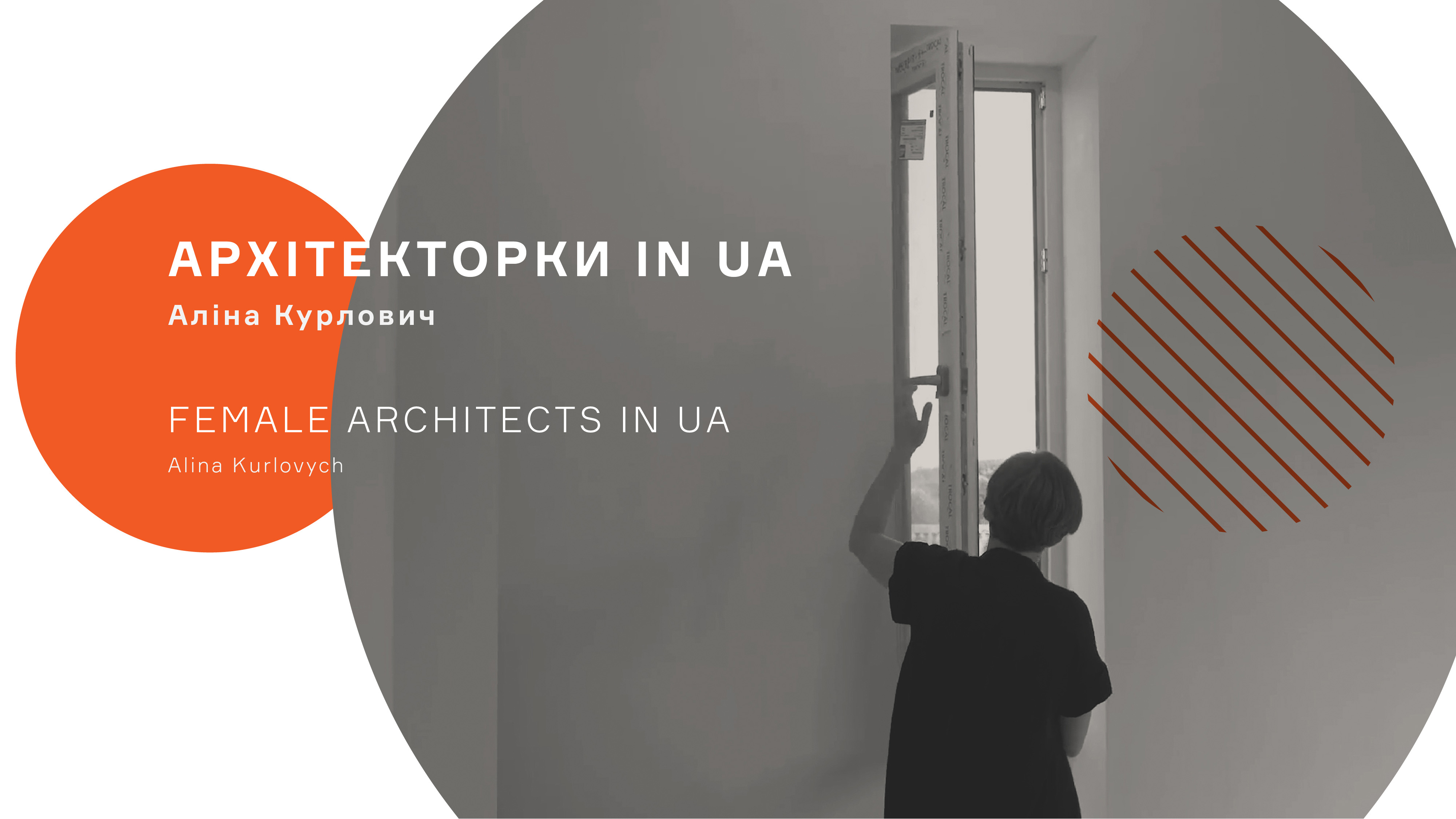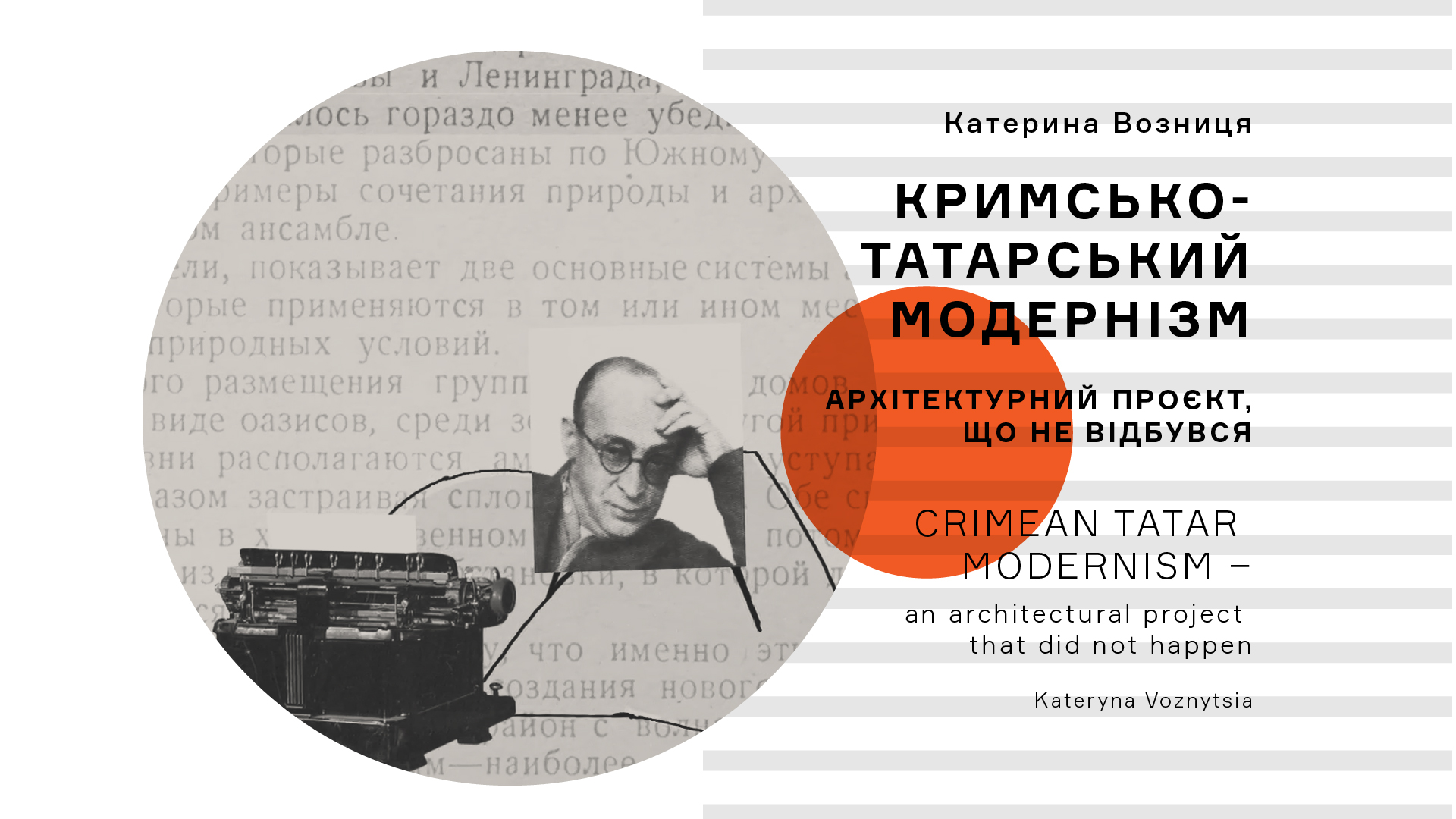Ukraine’s main square was not meant to be a free political space. After being destroyed during World War II, Khreshchatyk and cosy imperial Dumska Square, cleared of ruins, were significantly expanded and turned into the centre of Stalinist ideological architectural ensemble. Khreshchatyk became the main axis of party processions, and Maidan Nezalezhnosti (back then named Kalinin Square and later The October Revolution Square) — a place for official meetings involving top leaders of the Ukrainian Soviet Socialist Republic. In 1977, a massive Lenin monument was erected here to mark the changes. In 1990, for the first time in the political history of modern Ukraine, the square as the most visible and central part of Kyiv became the heart of the public protest representing a social group that had been left out of the public sphere. That was the student Revolution on Granite. For the first time protesters ‘occupied’ Maidan Nezalezhnosti with tents and were permanently present there (setting up a tradition). Later the square became the main place to represent public protests, the largest of which include Ukraine without Kuchma (2001), the Orange Revolution (2004) and, of course, events of 2013-2014. Maidan, however, was not suitable for this spatially. It remained a large socialist square, divided by the wide road.
Urban economic elites and state machinery resort to architectural, economic, and police methods to control and regulate public spaces. Heavily commercialised central squares made it possible to combine state control over the public with excess profit from privatization and subsequent commercial exploitation. The 2001-2003 large-scale reconstruction inspired by the Moscow model turned Maidan Nezalezhnosti into sterile commercialised space — in fact, the roof of the underground mall. That excluded the square from citizens’ mental map as a place for public political activity for a while. Maidan became a site of mass consumption, unsuitable for rallies or other political gatherings. The square continued in that state for almost 10 years. Once a metaphor for public mobilisation, it gradually became an illustration of commercialisation, mass culture and consumption.
‘The right to the city’, as the right to an affordable private dwelling and the right to accessible public space, became a fundamental right of modern times. Henri Lefebvre was the first to conceptualise this axiom of urban protests and social movements back in 1968 in Paris. He would later include it in his theory of the social production of space.
In the fight for public space in rebel cities (Paris in 1968 and Istanbul in 2013), the 2013-2014 Maidan protests, including ‘occupation’ of the square, represented materialised collective demand for ‘the right to the city’. The right to freedom of speech and to freedom of peaceful assembly, the right of social groups to be politically visible in the city centre.
The Maidan protests went beyond political demands. Citizens claimed the right to open, non-segregated public space, unreduced to the conspicuous consumption. It is noteworthy that one of the legal (in the sense of the state's right to exclude trespassers from the privatized space through court decisions and repressive apparatus) reasons for dispersing students on the night of 30 November 2014 was ‘the need to place a Christmas tree and prepare the square for the New Year’. Such preventive mechanisms to clear public spaces by commercialisation, imitated political activity (pro-government paid rallies) or ‘advance’ injunctions are typical not only for Ukraine, but for all authoritarian regimes and weak democracies. For two years, Pechersk Square in Kyiv (in front of the Central Election Commission) had been occupied by a food market, which was dismantled immediately after the Maidan protests. Constitution Square (in front of the Verkhovna Rada) was surrounded by fencing, which, on the one hand, prevented spontaneous rallies, and on the other —protected, together with the special Berkut units and interior ministry troops, pro-government gatherings in 2013-2014.
When the active protests were over, Maidan Nezalezhnosti functioned as an open space of public mobilisation for several more months. Political, cultural and social initiatives flourished on the territory occupied and regained from the state, capital and automobile traffic. The initiatives included bicycle repair shop Veloferma, architectural workshop Archnamet, art gallery Mystetsky Barbakan and partisan gardens. New Kyiv mayor Vitali Klitschko, who came to power on the wave of the Maidan protests, initiated clearing the square, resorting to typical communal-police rhetoric and saying it was necessary to ‘upgrade the area and resume motor traffic’. On 3 August 2014, the square returned to the state of drowsy consumption. Exhibitions, memorial gatherings and cultural events take place here only to mark anniversaries of the tragic events.
In the spring of 2014, the new city authorities started preparations for an architectural design competition to commemorate the Heavenly Hundred heroes. It soon turned into the reconstruction project of the whole centre. The Terra Dignitas international competition for the best concept of the reinvented public space in Kyiv’s city core started on 1 November 2014. The competition was prepared in an unprecedented for Ukraine manner seeking public consensus. Even though the winner has long been known and the separate Maidan Museum competition has been over, no design works have started yet.

































